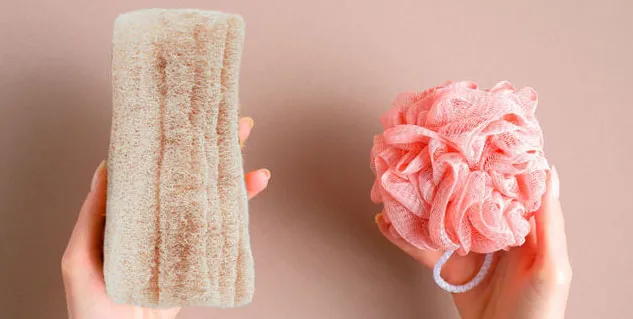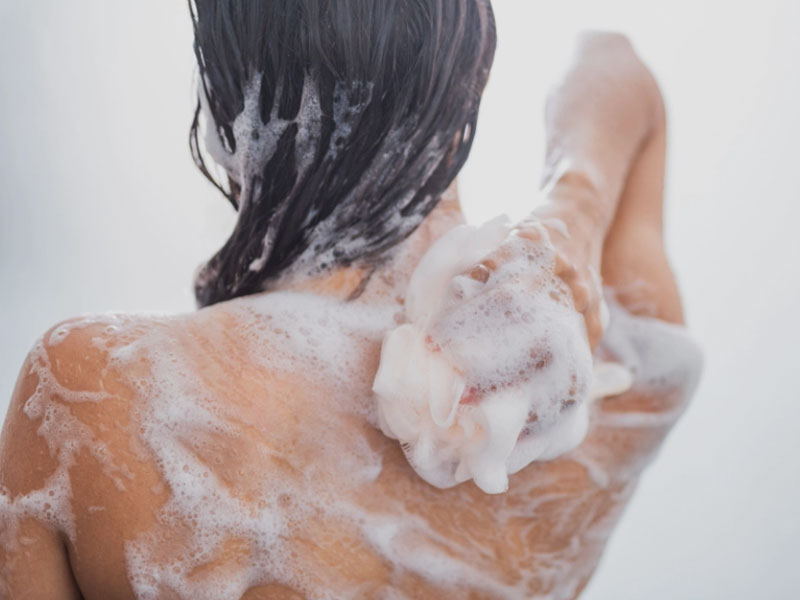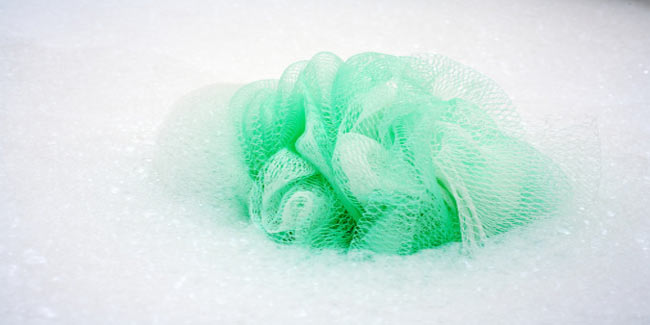
Loofahs have become a typical add-on to our shower routines. They are natural, scrubby, and good for removing dead skin. But for some, that favourite bath sponge may be causing more harm than good. If your skin tends to feel itchy, red, or inflamed after showering, your loofah may be the secret culprit. If this rings a bell for you, you have landed on the right page. Read ahead to know about skin irritation caused by loofahs and how to treat your skin without compromising cleanliness.
Table of Content:-
Why Loofahs Can Irritate Your Skin
In an exclusive interaction with the editorial team of Onlymyhealth, our expert, Dr Sanjeev Gulati, Department of Dermatology, Sharda Hospital, Noida, shared why loofahs irritate our skin. Here are a few reasons:
1. Harsh Exfoliation
Loofahs are naturally abrasive. Though they're excellent at exfoliating dead skin, they can also strip your skin of its protective barrier if used too aggressively or too often. This can result in microscopic tears, dryness, and inflammation.
2. Bacterial Buildup
Loofahs are porous and tend to stay damp in bathrooms, a perfect breeding ground for bacteria, mould, and yeast. If you use a contaminated loofah, you may transfer these microbes onto your skin, leading to infections, acne, or rashes.

Also Read: Ever Wondered Why Old People Wake Up Early? Expert Explains The Science Behind It
3. Pre-existing Skin Conditions
If you suffer from eczema, psoriasis, or sensitive skin, the friction of a loofah will aggravate flare-ups. Even healthy skin can become reactive if sunburn, harsh products, or dehydration have already weakened it.
4. Chemical Reactions
Some loofahs contain synthetic preservatives, dyes, or fragrances. These irritate the skin and can lead to sensitivities, especially for those with reactive or sensitive skin.
Symptoms Your Loofah Might Be Damaging Your Skin
Additionally, Dr Gulati highlighted several symptoms that your loofah might be damaging your skin. These may include:
- Redness and stinging upon use
- Itching persistently
- Breaking out into small bumps or rashes
- Dry flaky patches
- Worsening of eczema or acne
- How To Use a Loofah Properly

How To Use a Loofah Safely?
Now that we have understood that loofah hygiene plays a crucial role in how our skin acts up, it's time we understand how to use it properly. Here are a few expert-approved recommendations:
1. Limit Use
Use a loofah only two to three times a week. Exfoliating once a day will dry out the moisture barrier of your skin, particularly in cold or dry weather.
2. Clean It Regularly
Thoroughly rinse after every use and let it air dry in a ventilated place. Soak it in a dilute bleach solution or white vinegar every week to eliminate germs.
3. Replace Often
Natural loofahs should be replaced every three to four weeks. Synthetic mesh puffs can last up to eight weeks with regular cleaning. If it smells musty or looks discoloured, toss it!
4. Avoid Broken Skin
Never use a loofah on open wounds, sunburns, or recently shaved skin. This increases your risk of infection and irritation.
5. Choose Softer Alternatives
If your skin is sensitive, consider switching to a soft washcloth, silicone scrubber, or gentle exfoliating mitt.
Expert Tip: Moisturise After Use
“Regardless of whether or not you use a loofah, always moisturise after showering to seal in moisture. Apply a light, fragrance-free lotion or a heavy-duty cream if your skin is particularly dry,” Dr Gulati advised.
Bottomline
Loofahs might seem innocuous, but if they are used in the wrong way or not cared for, they can do more harm than good. With knowledge of how they work on your skin and some simple hygiene and usage guidelines, you can still get on with exfoliating, irritation-free.
Also watch this video
How we keep this article up to date:
We work with experts and keep a close eye on the latest in health and wellness. Whenever there is a new research or helpful information, we update our articles with accurate and useful advice.
Current Version